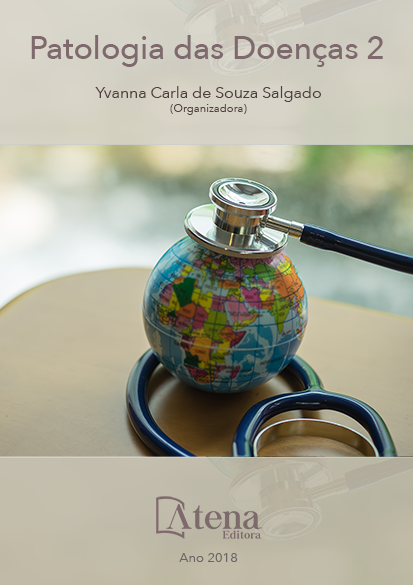
(RE) ORGANIZAÇÃO DA VIGILÂNCIA EPIDEMIOLÓGICA NO ENFRENTAMENTO DA TRÍPLICE EPIDEMIA DE DENGUE, CHIKUNGUNYA E ZIKA: DESATANDO NÓS E BUSCANDO CAMINHOS
Em setembro de 2014, o município
de Feira de Santana confirmou a transmissão
autóctone do vírus Chikungunya (CHIKV) na
Bahia e março de 2015 registrou os primeiros
casos de Zika (ZIKV). Considerando que
dengue já era endêmica, o que se observou foi
um cenário de tríplice epidemia com circulação
simultânea dos três arbovírus. Objetivo foi
descrever as características epidemiológicas
e ações de vigilância epidemiológica (VE) no
enfrentamento da tríplice epidemia, Feira de
Santana, 2014-2015. Foi elaborado o Plano
de Contingencia Emergencial priorizando: a
(re) organização da rede de saúde; ações
de Educação Permanente em Saúde (EPS),
comunicação e mobilização social; integração
dos serviços; análise da situação de saúde,
ações de VE e prevenção e controle do vetor.
A epidemia gerou superlotação dos serviços e
sobrecarga de trabalho. A (re) organização dos
serviços e (re) definição do fluxo de atendimento
melhorou o acesso, a resolubilidade dos
problemas e integração dos serviços. Diante da
dificuldade de diagnóstico laboratorial e do pouco
conhecimento dos profissionais sobre o manejo
clinico dessas arboviroses, as capacitações
em serviço e a implantação do Ambulatório
de Infectologia de chikungunya crônica, foram
fundamentais. A imprensa, mobilização social
e elaboração de boletins epidemiológicos
ajudaram na disseminação das informações.
No período foram confirmados 2.149 casos de
dengue, 3.588 de chikungunya e 858 de zika.
Conclui-se que a (re) organização das ações
melhorou o acesso e a assistência. As ações
de EPS aliado às parcerias com a imprensa e as ações de mobilização social foram
fundamentais para a prevenção e controle do vetor.
(RE) ORGANIZAÇÃO DA VIGILÂNCIA EPIDEMIOLÓGICA NO ENFRENTAMENTO DA TRÍPLICE EPIDEMIA DE DENGUE, CHIKUNGUNYA E ZIKA: DESATANDO NÓS E BUSCANDO CAMINHOS
-
DOI: Atena
-
Palavras-chave: Vigilância Epidemiológica, dengue, chikungunya e zika.
-
Keywords: Epidemiological Surveillance, dengue, chikungunya and zika
-
Abstract:
In September 2014, the municipality of Feira de Santana confirmed the
autochthonous transmission of the Chikungunya virus (CHIKV) in Bahia and March of
2015 registered the first cases of Zika (ZIKV). Considering that dengue was already
endemic, what was observed was a scenario of triple epidemic with simultaneous
circulation of the three arboviruses. Objective was to describe the epidemiological
characteristics and actions of epidemiological surveillance in coping with the triple
epidemic, Feira de Santana, 2014-2015. The Emergency Contingency Plan was
developed prioritizing: (re) organization of the health network; actions of Permanent
Education in Health (EPS), communication and social mobilization; integration of
services; health situation analysis, surveillance actions and vector prevention and
control. The epidemic has led to overcrowding of services and work overload. The (re)
organization of services and (re) definition of the flow of care improved access, problem
solving and service integration. Faced with the difficulty of laboratory diagnosis and
the lack of knowledge of the professionals about the clinical management of these
arboviruses, the in-service training and the implementation of the chronic chikungunya
infectious disease outpatient clinic were fundamental. The press, social mobilization and
the elaboration of epidemiological bulletins helped in the dissemination of information.
In the period were confirmed 2,149 cases of dengue, 3,588 of chikungunya and 858 of
zika. It was concluded that (re) organization of actions improved access and assistance.
The actions of EPS together with the partnerships with the press and social mobilization
actions were fundamental for the prevention and control of the vector.
-
Número de páginas: 15
- Maricélia Maia de Lima


